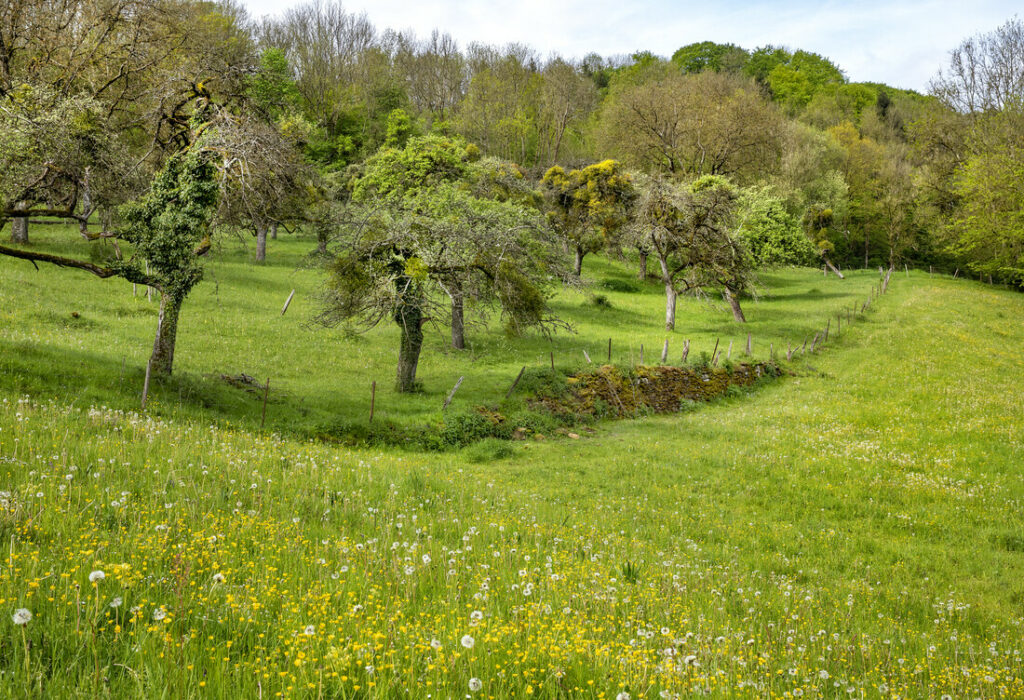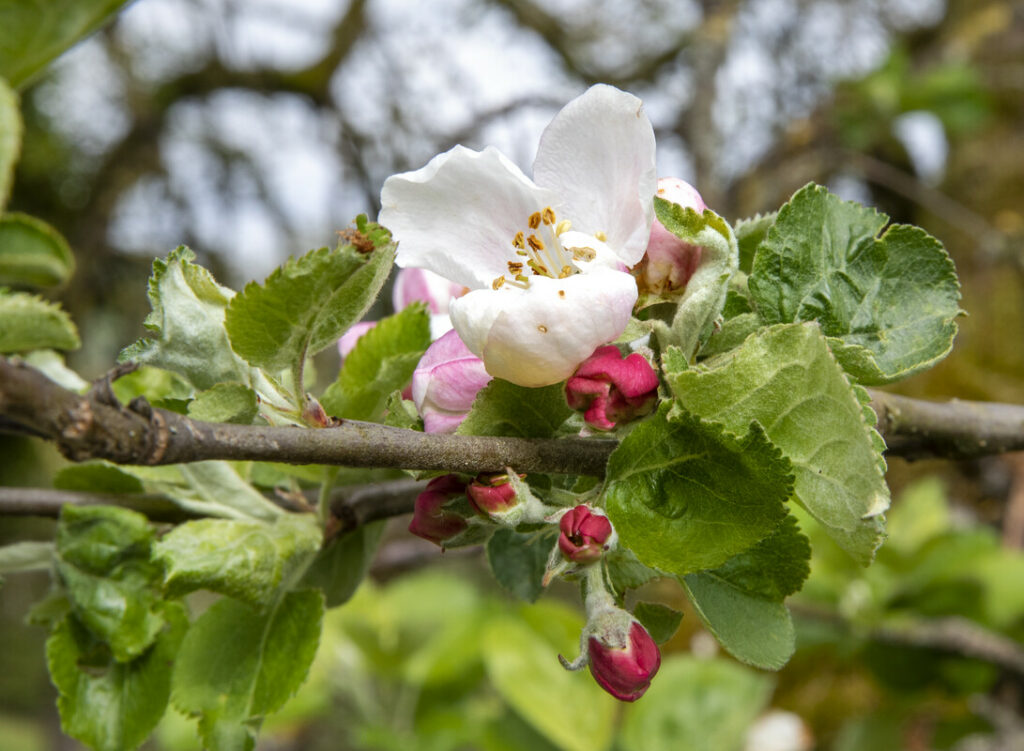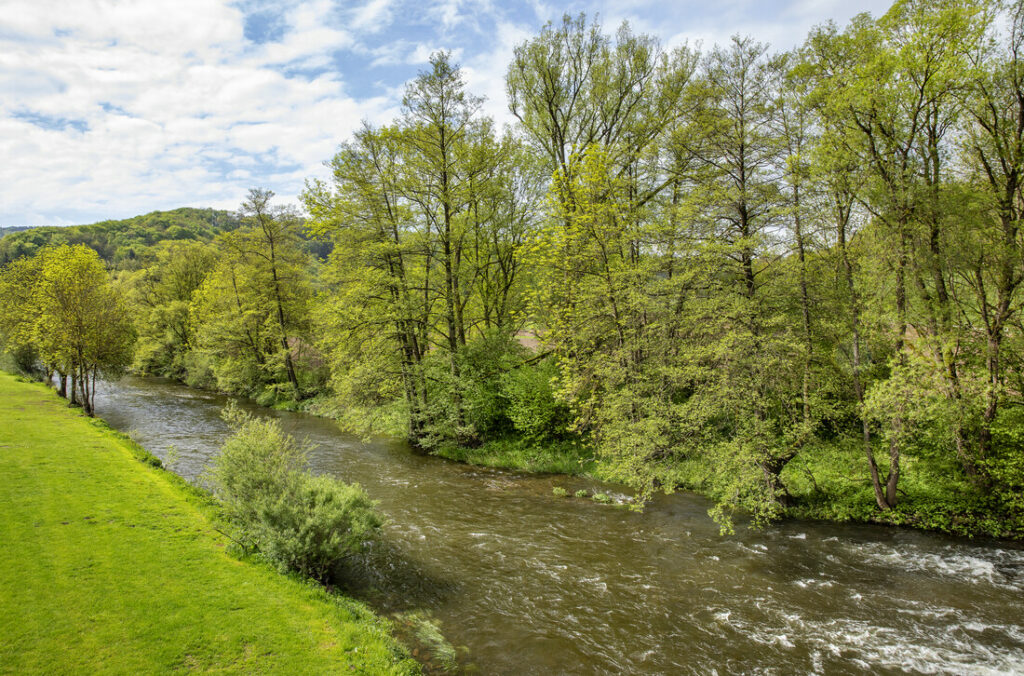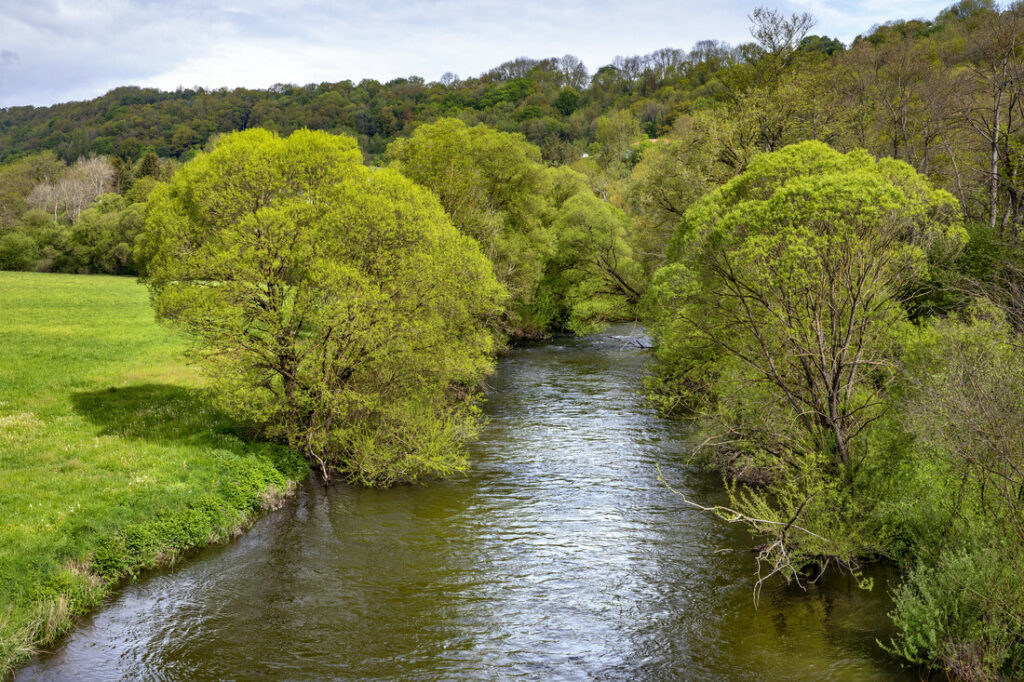Area: 5675.92 ha (of which COPIL Natura 2000 Mëllerdall is responsible for 90 ha)
Brief description (see also SDB end 2018-15/03/2019):
- The western side of the Our valley including its tributaries and part of the Ardennes upland plateau from the border between Belgium, Germany and Luxembourg as far as Wallendorf.
- The area is very important for species that need moving water (such as the thick shelled river mussel and freshwater pearl mussel) – this is also the only known site in Luxembourg where the orange-spotted emerald dragonfly is found.
- Almost half the wooded area consists of conifers, while more than half the deciduous woodland and therefore over one-third of the wooded slopes is covered in coppice.
- Also of particular importance are the forests of slopes, screes and ravines and the remnants of riparian forest.
- Approx. 18% of the protected area is used for agriculture – a third of it for arable crops, but in the Our valley there are still a few valuable and species-rich low-nutrient meadows.
- The area is also very important for certain bird species (see also EU bird protection area LU0002003).
The main targets for protection (under the ban on deterioration) in this area are the following habitats and species (see also RGD 6.11.2009):
- the water quality of the Our and its tributaries (incl. a specific type of freshwater habitat and aquatic species such as the thick shelled river mussel, freshwater pearl mussel, otter, brook lamprey, orange-spotted emerald dragonfly),
- various types of species-rich grassland, including Nardus grassland and low-nutrient meadows,
- various kinds of woodland, incl. riparian forest, forests of slopes, screes and ravines,
- rocky habitats such as limestone or silicate rock with rock cleft vegetation,
- the populations of the Jersey tiger moth, greater mouse-eared bat, Geoffroy’s bat
You can find the management plan of this region here.



